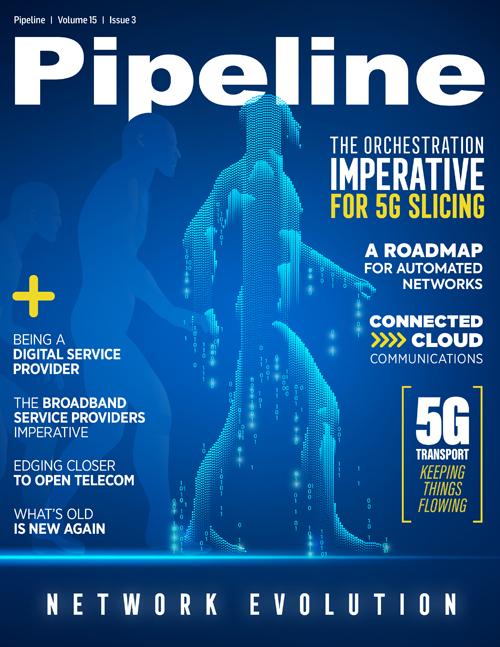Being a Digital Service Provider
Virtualization finds a business case
The early days of virtualization in telecom—network function virtualization, in particular—were characterized by largely theoretical applications. CIMI Corporation President and Gartner contributor Tom Nolle stated that NFV and other virtualization technologies’ benefits were generally viewed in the abstract, and companies had trouble seeing tangible use cases within their own operations.
“Most everyone agreed this was a better and more flexible approach, but it was also totally different, complicated and didn’t seem to have any accepted business-value propositions to drive it,” stated Noelle. “The specific benefits were unclear, as was the path to them.”
The technology has proved to be far from an empty promise in recent years, paving the way for CSPs to lower operational costs while also creating new avenues of service delivery, new products, and services. CSPs also stand to find the opportunity to provide managed services due to their ability to scale both knowledge and skills across multiple customers.
So, what changed?
Communications service providers have found that by virtualizing the network, they can build out capabilities without needing to add on expensive hardware. Software, rather than physical devices, can power many different network tools. That being the case, telecom providers can begin to manage at scale. Once that door was opened, the potential applications became nearly endless. Virtualization can lead to the development of new on-demand services and revenue opportunities, and enterprise and SMB customers stand to benefit immensely from this arrangement.
Creating virtualized services for enterprise customers
Virtualization technology allows communications service providers (and their customers) to spin up new features faster than ever before and deliver them to customers whenever needed. CSP customers can apply additional features like virtual firewalls, storage, and expanded bandwidth in an on-demand model. While we refer more to VNFs here, it is only a matter of time until CSPs are able to reach inside the data center through Cloud service providers to meet a more comprehensive range of customer needs.
Customers can build out or contract these tools as they like and pay only for what they use. In this way, service providers can employ payment models that are more in line with utilities than with the traditional telecom company model. That pay-as-you-go approach will help improve the overall customer experience by providing more transparency into service costs and giving users the final say on what features are included in their service packages.
Enterprise customers stand to benefit immensely from this arrangement, as they will be able to incorporate numerous network, cloud and virtualized features from a single service provider via a single portal with a single governance and policy management solution. Even modestly sized businesses (SMBs) require a great deal of performance and capabilities from their networks, but enterprise environments are more complex and demanding by orders of magnitude. Small companies just want to log in and get what they need simply and easily without going to multiple, confusing outlets. Morever, some small companies may not even have the IT staff to support greater complexity.
Enterprises require—among other things—advanced network security capabilities, SD-WAN solutions to improve connectivity and application-level management at branch locations and additional bandwidth to manage traffic spikes. A company may go to different vendors for each one of those solutions, but with virtualization technology, it could conceivably get all three—plus much more—from a single service provider.
Completing the digital transformation evolution
This reinvention from communications service provider to digital service provider won’t happen overnight, but there are concrete steps CSPs companies can take right now to start down that path. Automation, for one, is a very important piece to this particular puzzle. Noelle explained that by incorporating automation from top to bottom, organizations could reduce the amount of time needed to provision service add-ons and roll out new features.



















